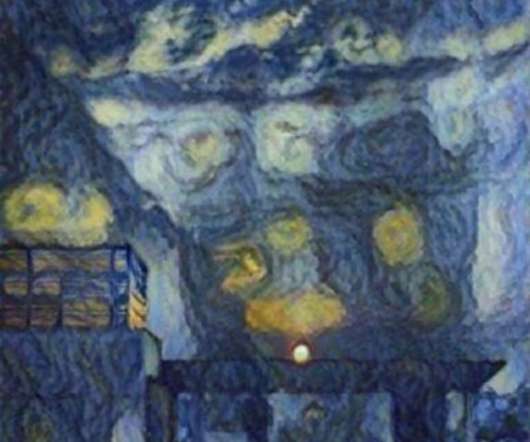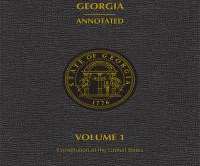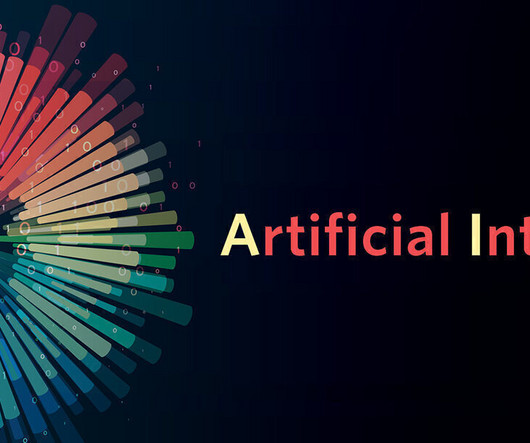Copyright Registration in India
Biswajit Sarkar Copyright Blog
AUGUST 3, 2023
Copyright Registration in India ensures legal protection to the creators of original works. Copyright is a kind of intellectual property right which grants exclusive rights to the creator of the original work. In India, the protection of copyright is governed by the Copyright Act, 1957.












Let's personalize your content